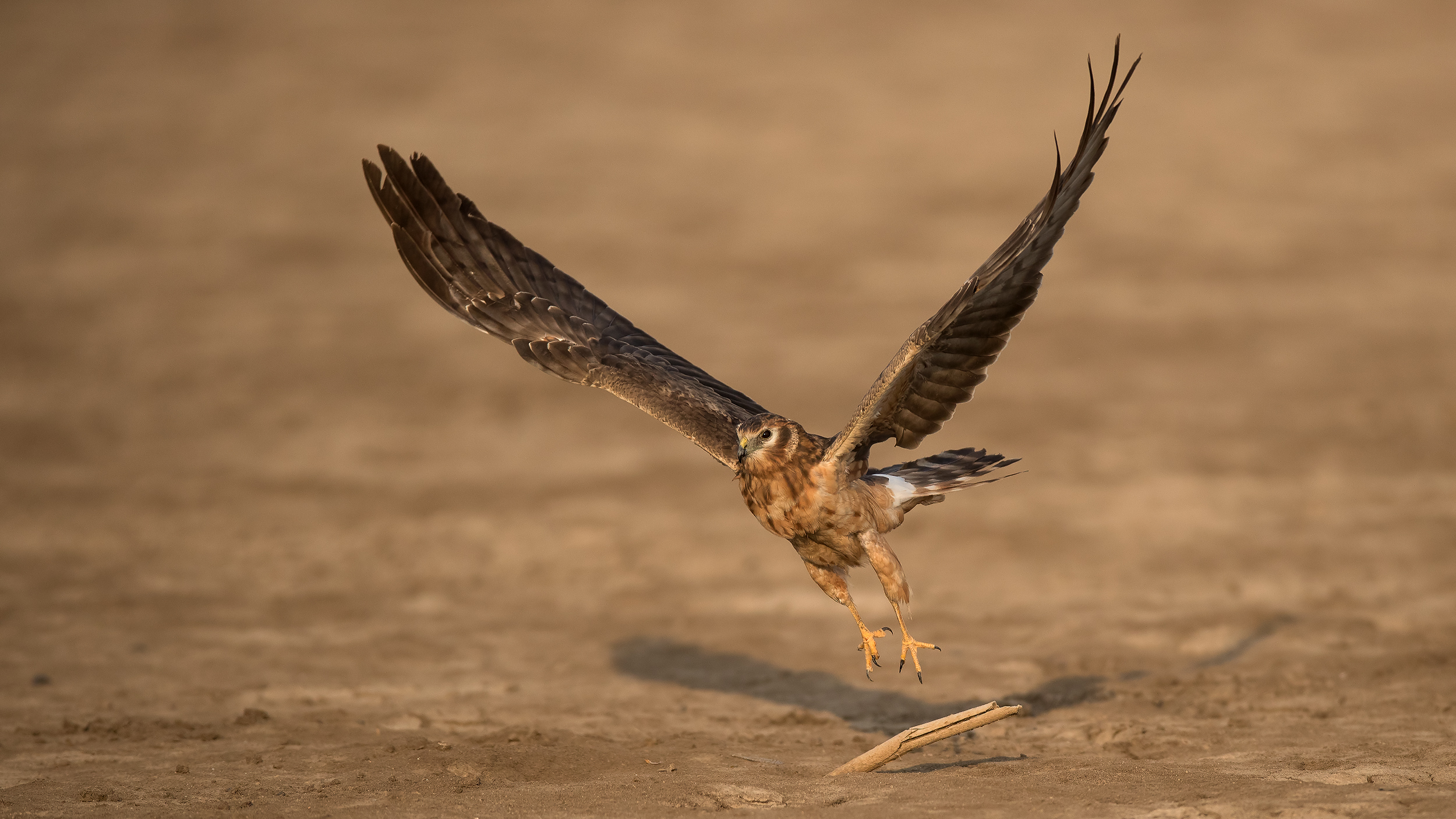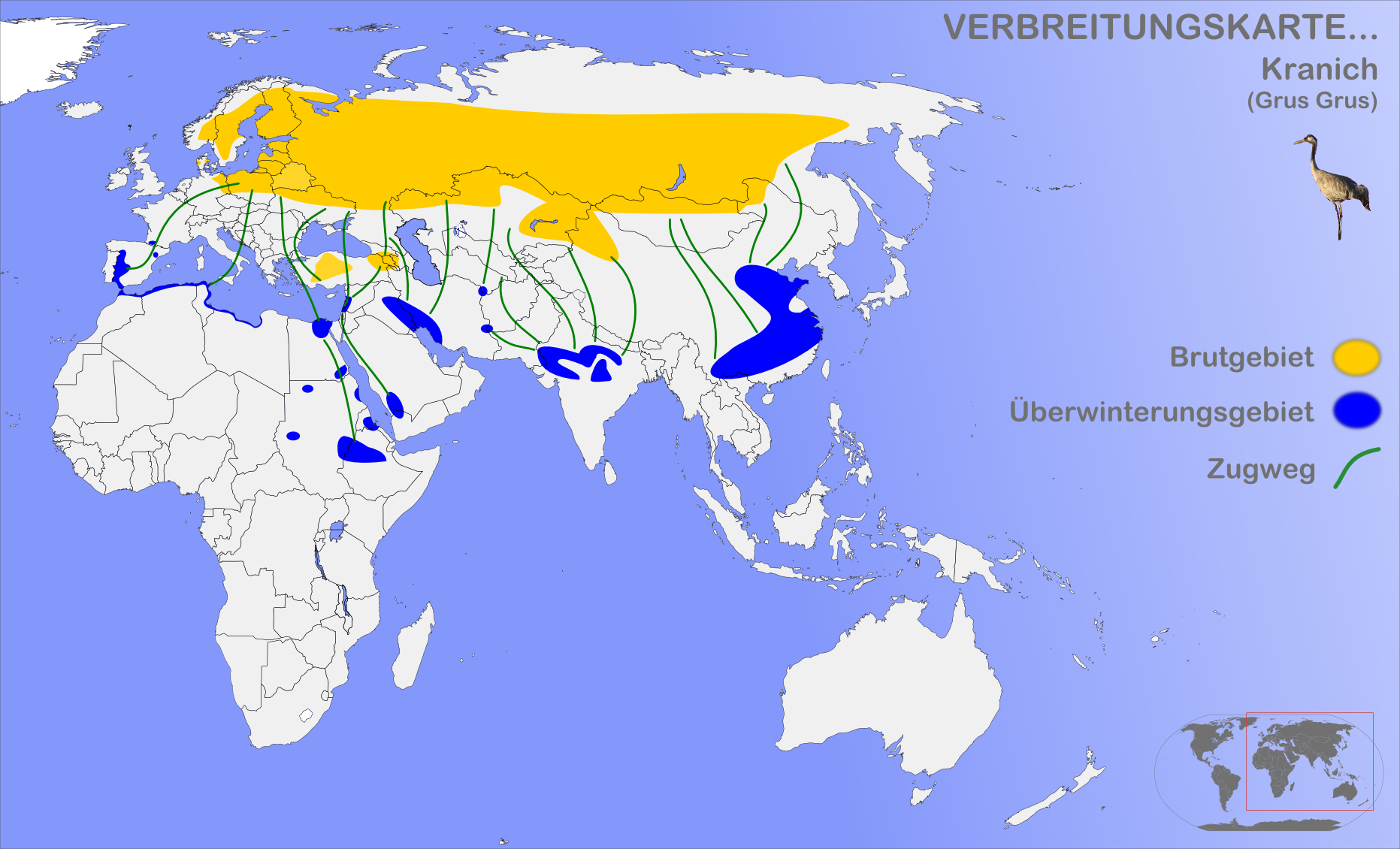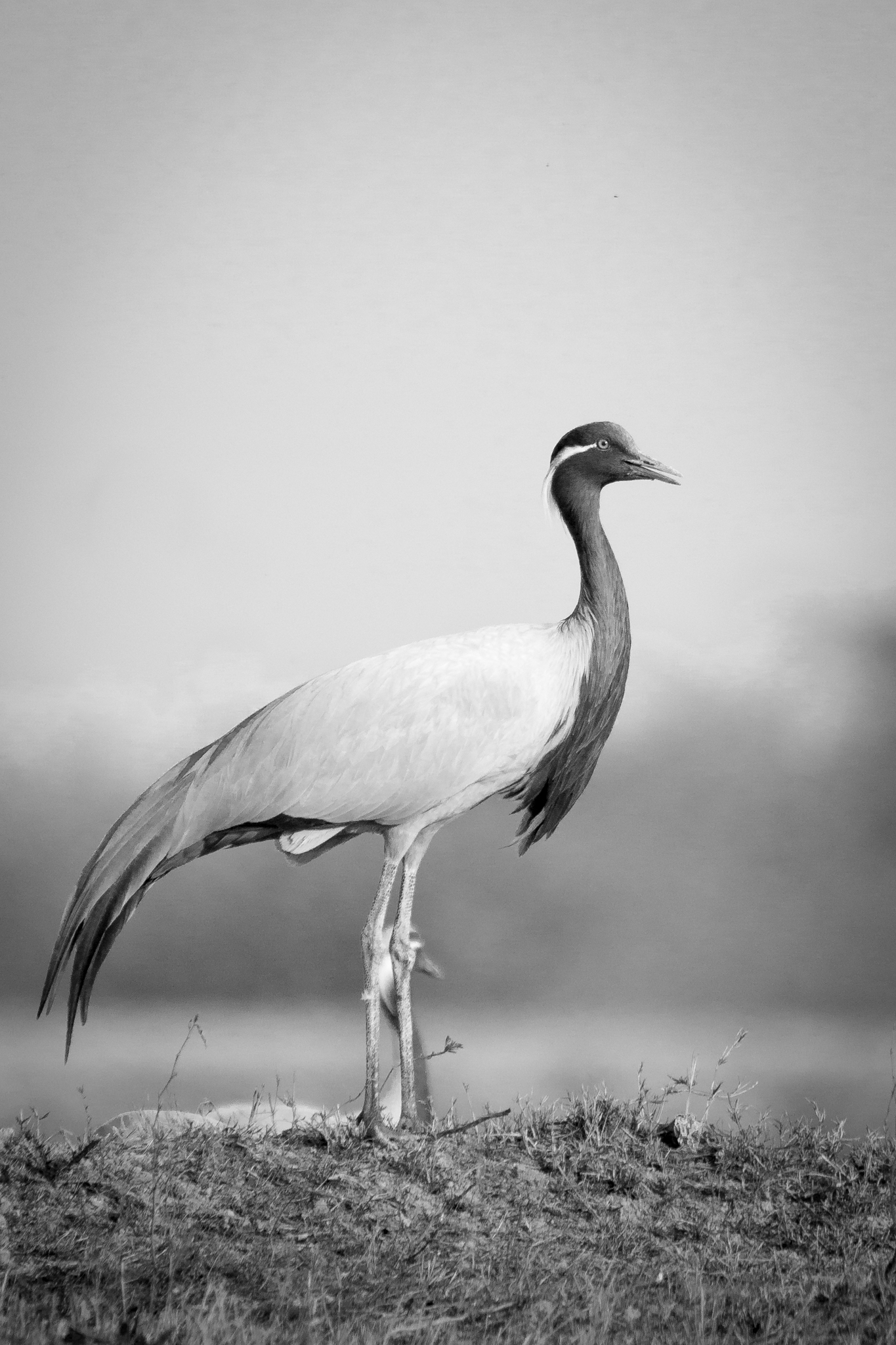|
Azov-Syvash National Nature Park
Azov-Syvash National Nature Park ( uk, Азово-Сиваський національний природний парк, translit=Azovo-Syvasʹkyy natsionalʹnyy pryrodnyy park) is a national park of Ukraine, located on Byriuchyi Island in the northwestern Sea of Azov. The park was created to protect the unique coastal environment of the north-western Azov. It is particularly important as a stop on the flyway for migratory birds, with over a million birds visiting each year. It is located in Henichesk Raion of Kherson Oblast. The park was created on 25 February 1993 and has the area of . Topography There are two separate areas in the park: * Azov Site: Byriuchyi Island in the Azov Sea (about 7,700 hectares). The island is in fact connected to land by the narrow Fedotova Spit. The terrain is mostly sand-end-shells estuary plains. * Syvash Site: The waters and islands of the marine estuary stretching inland along the lagoon-like Syvash Bay (37,785 hectares). Climate and eco ... [...More Info...] [...Related Items...] OR: [Wikipedia] [Google] [Baidu] |
Henichesk
Henichesk ( uk, Гені́чеськ, Heniches’k, ; rus, links=on, Гени́ческ, r=Genichesk, p=ɡʲɪˈnʲit͡ɕɪsk) is a port city along the Sea of Azov in the Kherson Oblast of southern Ukraine. It serves as the administrative centre of Henichesk Raion. Henichesk hosts the administration of the Henichesk urban hromada, one of the hromadas of Ukraine. In 2021, Henichesk had a population of . As of November 2022, the city is under Russian occupation as part of the Russian occupation of Kherson Oblast. In November 2022, the Ukrainian southern counteroffensive successfully expelled Russian forces from the city of Kherson. As such, the Russian forces moved their temporary administrative centre to Henichesk, although they still claim Kherson as the official capital in exile. History Henichesk was founded as a fort by the Russian Empire in 1784 and from 1812 was also known as Ust-Ozivske. It was a port and a trade center on the salt route that went from Crimea north to U ... [...More Info...] [...Related Items...] OR: [Wikipedia] [Google] [Baidu] |
Kentish Plover
The Kentish plover (''Charadrius alexandrinus'') is a small cosmopolitan shorebird (40-44 g) of the family Charadriidae that breeds on the shores of saline lakes, lagoons, and coasts, populating sand dunes, marshes, semi-arid desert, and tundra.Székely, T., A. Argüelles-Ticó, A. Kosztolányi and C. Küpper. 2011. Practical guide for investigating breeding ecology of Kentish plover ''Charadrius alexandrinus'', Unpublished Report, University of Bathdel Hoyo, J., Collar, N.J., Christie, D.A., Elliott, A. and Fishpool, L.D.C. 2014. HBW and BirdLife International Illustrated Checklist of the Birds of the World, Lynx Edicions BirdLife International, Barcelona, Spain and Cambridge, UK Both male and female birds have pale plumages with a white underside, grey/brown back, dark legs and a dark bill; however, additionally the male birds also exhibit very dark incomplete breast bands, and dark markings either side of their head, therefore the Kentish plover is regarded as sexually dimorphic ... [...More Info...] [...Related Items...] OR: [Wikipedia] [Google] [Baidu] |
Greater Spotted Eagle
The greater spotted eagle (''Clanga clanga''), occasionally called the spotted eagle, is a large bird of prey. Like all typical eagles, it belongs to the family Accipitridae. Its feathered legs indicate it is a member of the subfamily Aquilinae, also known as the "booted eagles".Helbig, A. J., Kocum, A., Seibold, I., & Braun, M. J. (2005). ''A multi-gene phylogeny of aquiline eagles (Aves: Accipitriformes) reveals extensive paraphyly at the genus level''. Molecular phylogenetics and evolution, 35(1), 147-164. This species was once thought to be included in the genus '' Aquila'' but now belongs to a distinct genus, '' Clanga'', along with the other two species of spotted eagles.Helbig, A. J., Seibold, I., Kocum, A., Liebers, D., Irwin, J., Bergmanis, U., Meyburg, B.-U., Scheller, W., Stubbe, M. & Bensch, S. (2005). ''Genetic differentiation and hybridization between greater and lesser spotted eagles (Accipitriformes: Aquila clanga, A. pomarina)''. The Journal of Ornithology, 146(3 ... [...More Info...] [...Related Items...] OR: [Wikipedia] [Google] [Baidu] |
Golden Eagle
The golden eagle (''Aquila chrysaetos'') is a bird of prey living in the Northern Hemisphere. It is the most widely distributed species of eagle. Like all eagles, it belongs to the family Accipitridae. They are one of the best-known bird of prey, birds of prey in the Northern Hemisphere. These birds are dark brown, with lighter golden-brown plumage on their napes. Immature eagles of this species typically have white on the tail and often have white markings on the wings. Golden eagles use their agility and speed combined with powerful feet and large, sharp talons to hunt a variety of prey, mainly hares, rabbits, and marmots and other ground squirrels. Golden eagles maintain home ranges or territories that may be as large as . They build large bird nest, nests in cliffs and other high places to which they may return for several breeding years. Most breeding activities take place in the spring; they are monogamous and may remain together for several years or possibly for life. Fe ... [...More Info...] [...Related Items...] OR: [Wikipedia] [Google] [Baidu] |
Pallid Harrier
The pale or pallid harrier (''Circus macrourus'') is a migratory bird of prey of the harrier subfamily. The scientific name is derived from the Ancient Greek. ''Circus'' is from ''kirkos'', referring to a bird of prey named for its circling flight (''kirkos'', "circle"), probably the hen harrier and ''macrourus'' is "long-tailed", from ''makros'', "long" and ''-ouros'' "-tailed". It breeds in southern parts of eastern Europe and central Asia and Iran and winters mainly in India and southeast Asia. It is a rare but increasing vagrant to Great Britain and western Europe. In 2017 a pair of pallid harriers nested in a barley field in the Netherlands; they raised four chicks, the first recording breeding of the species in the country. In 2019, a pair bred in Spain for the first time. This medium-sized raptor breeds on open plains, bogs and heathland. In winter it is a bird of open country. Description This is a typical harrier, with long wings held in a shallow V in its low fli ... [...More Info...] [...Related Items...] OR: [Wikipedia] [Google] [Baidu] |
Hen Harrier
The hen harrier (''Circus cyaneus'') is a bird of prey. It breeds in Eurasia. The term "hen harrier" refers to its former habit of preying on free-ranging fowl. It migrates to more southerly areas in winter. Eurasian birds move to southern Europe and southern temperate Asia. In the mildest regions, such as France and Great Britain, hen harriers may be present all year, but the higher ground is largely deserted in winter. The northern harrier was formerly considered to be a subspecies of the hen harrier. Taxonomy In 1758 the English naturalist George Edwards included an illustration and a description of the hen harrier in the first volume of his ''Gleanings of Natural History''. He used the English name "The blue hawk". Edwards based his hand-coloured etching on a bird that had been shot near London. When in 1766 the Swedish naturalist Carl Linnaeus updated his ''Systema Naturae'' for the twelfth edition, he placed the hen harrier with the falcons and eagles in the genus '' ... [...More Info...] [...Related Items...] OR: [Wikipedia] [Google] [Baidu] |
Common Crane
The common crane (''Grus grus''), also known as the Eurasian crane, is a bird of the family Gruidae, the cranes. A medium-sized species, it is the only crane commonly found in Europe besides the demoiselle crane (''Grus virgo'') and the Siberian crane (''Leucogeranus leucogeranus''). Along with the sandhill (''Antigone canadensis'') and demoiselle cranes and the brolga (''Antigone rubicunda''), it is one of only four crane species not currently classified as threatened with extinction or conservation dependent on the species level. Despite the species' large numbers, local extinctions and extirpations have taken place in part of its range, and an ongoing reintroduction project is underway in the United Kingdom. Taxonomy The first formal description of the common crane was by the Swedish naturalist Carl Linnaeus in 1758 in the tenth edition of his ''Systema Naturae'' under the binomial name ''Ardea grus''. The current genus ''Grus'' was erected by the French zoologist Mathuri ... [...More Info...] [...Related Items...] OR: [Wikipedia] [Google] [Baidu] |
Demoiselle Crane
The demoiselle crane (''Grus virgo'') is a species of crane found in central Eurosiberia, ranging from the Black Sea to Mongolia and North Eastern China. There is also a small breeding population in Turkey. These cranes are migratory birds. Birds from western Eurasia will spend the winter in Africa while the birds from Asia, Mongolia and China will spend the winter in the Indian subcontinent. The bird is symbolically significant in the culture of India, where it is known as ''Koonj'' or ''Kurjaa''. Description The demoiselle is long, tall and has a wingspan. It weighs . It is the smallest species of crane. The demoiselle crane is slightly smaller than the common crane but has similar plumage. It has a long white neck stripe and the black on the foreneck extends down over the chest in a plume. It has a loud trumpeting call, higher-pitched than the common crane. Like other cranes it has a dancing display, more balletic than the common crane, with less leaping. The demoise ... [...More Info...] [...Related Items...] OR: [Wikipedia] [Google] [Baidu] |
Little Bustard
The little bustard (''Tetrax tetrax'') is a bird in the bustard family, the only member of the genus ''Tetrax''. The genus name is from Ancient Greek and refers to a gamebird mentioned by Aristophanes and others. Distribution It breeds in Southern Europe and in Western and Central Asia. Southernmost European birds are mainly resident, but other populations migrate further south in winter. The central European population once breeding in the grassland of Hungary became extinct several decades ago. The species is declining due to habitat loss throughout its range. It used to breed more widely, for example ranging north to Poland occasionally. It is only a very rare vagrant to Great Britain despite breeding in France. On 20 December 2013, the Cypriot newspapers 'Fileleftheros' and 'Politis', as well as news website 'SigmaLive', reported the discovery of a dead little bustard in the United Nations Buffer Zone. The bird had been shot by poachers hunting illegally in the zone. The sho ... [...More Info...] [...Related Items...] OR: [Wikipedia] [Google] [Baidu] |
Great Bustard
The great bustard (''Otis tarda'') is a bird in the bustard family, the only member of the genus ''Otis''. It breeds in open grasslands and farmland from northern Morocco, South and Central Europe, to temperate Central and East Asia. European populations are mainly resident, but Asian populations migrate farther south in winter. It has been listed as Vulnerable on the IUCN Red List since 1996. Portugal and Spain now have about 60% of the world's population. It became extinct in Great Britain when the last bird was shot in 1832. Recent attempts to reintroduce it into England have met with some success and there is a population of 40 birds on Salisbury Plain, a British Army training area. Here the lack of public access allows them the freedom needed as a large ground-nesting bird. Taxonomy and etymology The genus ''Otis'' was introduced in 1758 by the Swedish naturalist Carl Linnaeus in the tenth edition of his ''Systema Naturae''. Linnaeus placed four species in the genus but ... [...More Info...] [...Related Items...] OR: [Wikipedia] [Google] [Baidu] |
White-tailed Eagle
The white-tailed eagle (''Haliaeetus albicilla'') is a very large species of sea eagle widely distributed across temperate Palearctic, Eurasia. Like all eagles, it is a member of the family Accipitridae (or accipitrids) which includes other diurnal Raptor (bird), raptors such as hawks, kite (bird), kites, and harrier (bird), harriers. One of up to eleven members in the genus ''Sea eagle, Haliaeetus'', which are commonly called sea eagles, it is also referred to as the white-tailed sea-eagle.Helander, B., & Stjernberg, T. (2003). ''Action plan for the conservation of white-tailed sea eagle (''Haliaeetus albicilla'')''. In Convention on the Conservation of European Wildlife and Natural Habitats, Strasbourg, France. Sometimes, it is known as the ern or erne (depending on spelling by sources),Love, J. A. (1983). ''The return of the Sea Eagle''. Cambridge University Press, . gray sea eagle and Eurasian sea eagle. While found across a very wide range, today breeding as far west as Gree ... [...More Info...] [...Related Items...] OR: [Wikipedia] [Google] [Baidu] |
Pallas's Gull
Pallas's gull (''Ichthyaetus ichthyaetus''), also known as the great black-headed gull, is a large bird species. As is the case with many gulls, it has traditionally been placed in the genus ''Larus''. The scientific name is from Ancient Greek. ''Ichthyaetus'' is from ''ikhthus'', "fish", and ''aetos'', "eagle". Distribution This species breeds in colonies in marshes and islands from southern Russia to Mongolia. It is migratory, wintering in the eastern Mediterranean, Arabia and India. This gull nests on the ground, laying between two and four eggs. It occurs in western Europe only as a rare vagrant. In Great Britain a recent review left a single occurrence in 1859 as the only acceptable record of this bird. The species also occurs as a vagrant in differing parts of the Indian Ocean, south of its normal range, and along the northern and eastern coasts of Africa, where it visits annually on an irregular basis. Description This is a very large gull, being easily the world's large ... [...More Info...] [...Related Items...] OR: [Wikipedia] [Google] [Baidu] |

.jpg)





.jpg)
